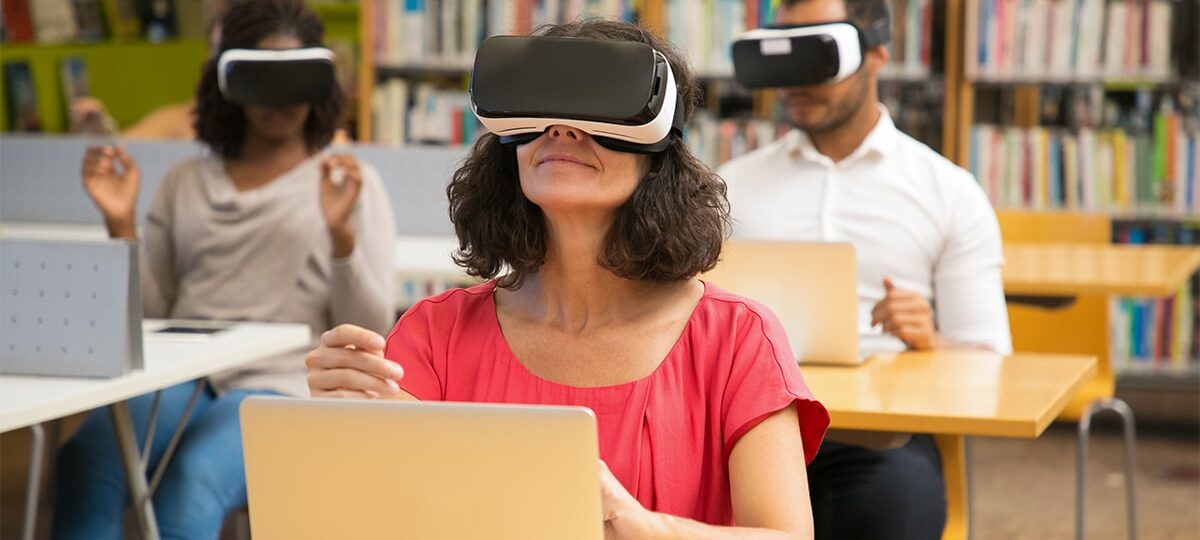The classroom is evolving fast. Driven by rapid technological advancements and a growing demand for personalized, accessible education, the future of learning is being shaped by innovations in EdTech, artificial intelligence, and digital schooling. What once seemed like science fiction is now becoming everyday reality for students around the world.
EdTech Boom: Transforming How Students Learn
Education technology is experiencing explosive growth, with tools designed to enhance engagement, improve outcomes, and expand access. Interactive platforms, gamified learning apps, and adaptive software are making education more flexible and customized than ever before.
Companies like Khan Academy, Duolingo, and Coursera continue to redefine remote and supplemental learning, while newer startups are introducing immersive experiences through virtual reality (VR) and augmented reality (AR), bringing everything from historical reenactments to complex science simulations into the digital classroom.
AI Tutors: Personalized Learning at Scale
Artificial intelligence is emerging as a game-changer in education. AI-powered tutors and teaching assistants can provide round-the-clock support, tailored instruction, and instant feedback. Tools like ChatGPT and Squirrel AI are already helping students learn at their own pace, offering everything from step-by-step math explanations to personalized essay feedback.
These intelligent systems analyze student performance to identify gaps in understanding, suggest targeted resources, and even predict learning outcomes—freeing up teachers to focus on higher-level instruction and emotional support.
Digital Schools: Beyond the Brick-and-Mortar Model
The traditional classroom is no longer the only option. Digital schools, hybrid models, and fully online academies are becoming mainstream. Institutions like Minerva University and Khan World School are experimenting with project-based, global education entirely online, while K–12 schools are integrating digital platforms for day-to-day learning.
Cloud-based tools like Google Classroom, Microsoft Teams for Education, and Zoom have become foundational to both remote and blended learning models. These platforms support everything from real-time collaboration to assessments and attendance tracking.
Challenges and Opportunities
Despite the promise of EdTech, concerns remain. The digital divide continues to limit access for students in underserved communities. Data privacy and screen time are also pressing issues, along with questions about how much AI should be allowed to influence education.
However, the potential benefits—equity, efficiency, and empowerment—are too great to ignore. Policymakers, educators, and technologists are working together to ensure that these innovations are implemented ethically and inclusively.
Conclusion: Learning Reimagined
The future of learning is here, and it’s digital, intelligent, and deeply personalized. As technology continues to evolve, education must adapt to prepare students not just for exams, but for a dynamic, tech-driven world. With the right balance of innovation, equity, and human connection, the classroom of tomorrow has the power to unlock every learner’s potential.

